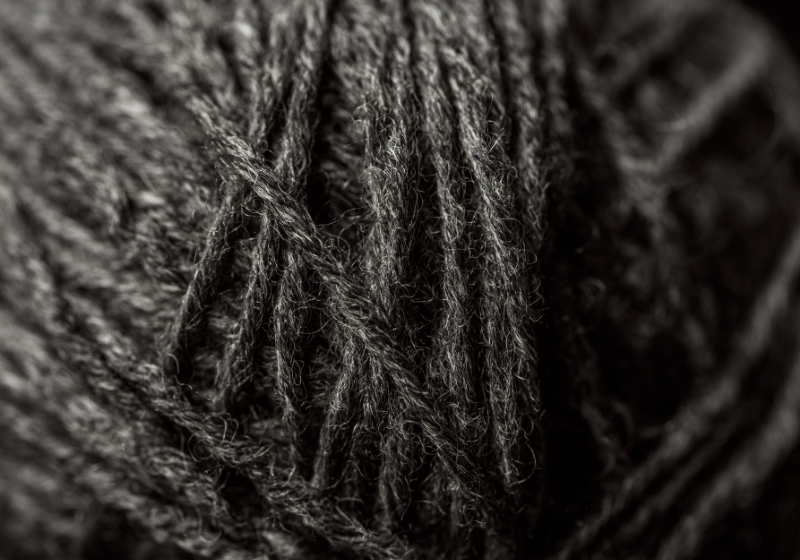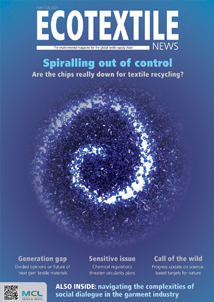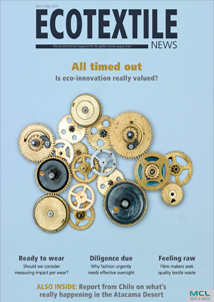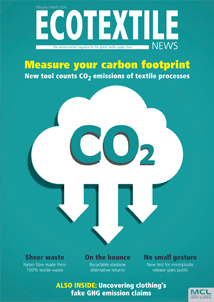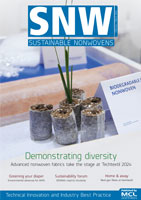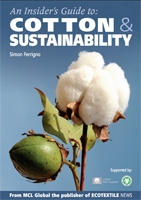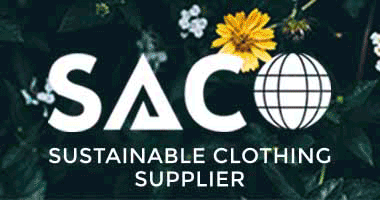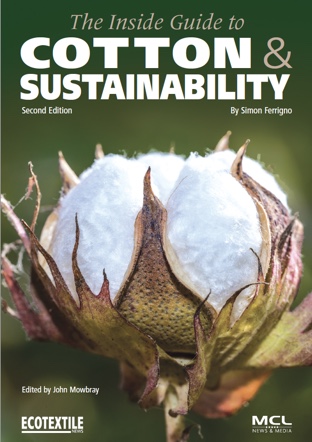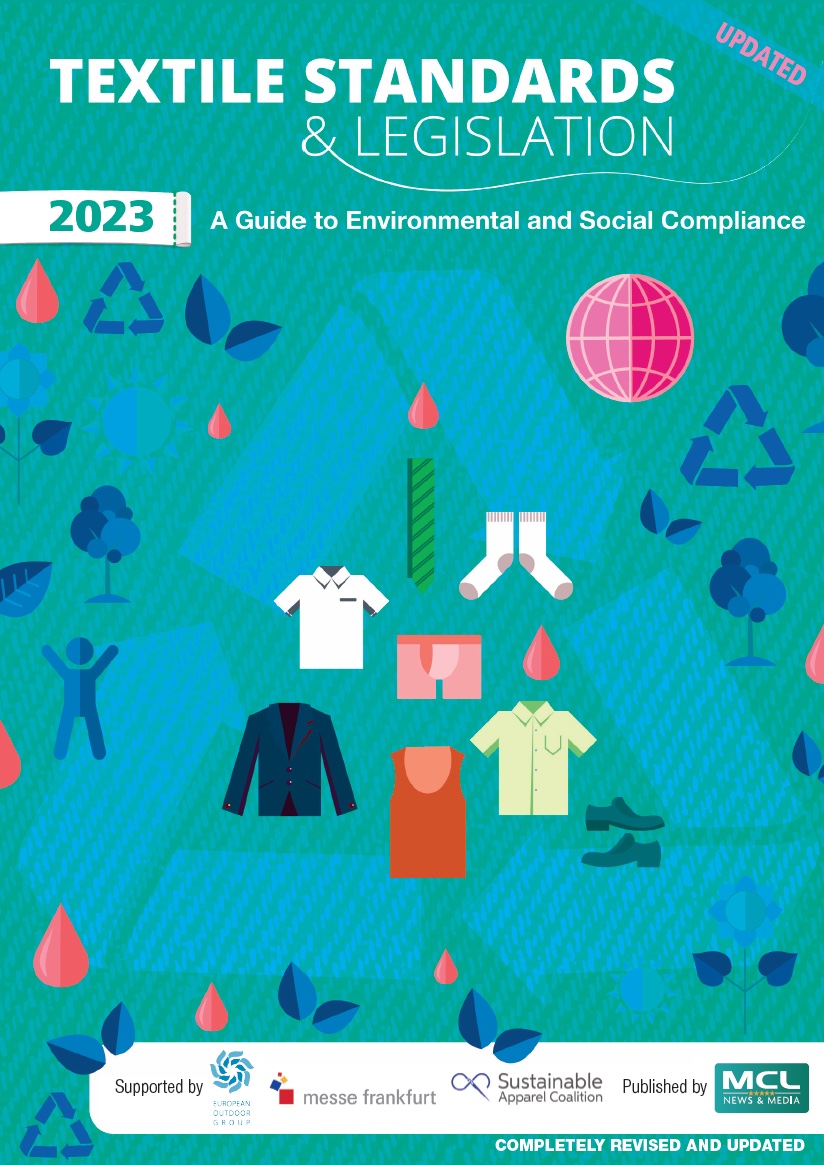SYDNEY - Consumers can influence the environmental impact of their wool clothing by increasing the active lifetime of a garment, according to a new study from the Woolmark Company, a not-for-profit global authority on wool.
Titled 'Environmental impacts associated with the production, use, and end-of-life of a woollen garment’, the study has been published in International Journal of Life Cycle Assessment and is the world’s first peer-reviewed textile fibre cradle-to-grave Life Cycle Assessment (LCA) study.
The study expands upon previous research by conducting an LCA to evaluate the cradle-to-grave environmental impacts of a recycled wool blend sweater.
The aim was to determine the impacts and hotspots of a recycled wool blend sweater, identify the extent to which best practice garment use and care could reduce these impacts, compare the impacts of a recycled wool blend sweater to those of a virgin pure wool sweater, and quantify the effect of recycling on the impact of an average wool sweater in the market.
Findings indicated that the number of garment wears and length of the garment’s life is the most influential factor in determining garment impacts. But the indication relies on recycled garments being manufactured to a standard that enables at least 109 wears.
However, a number of opportunities to improve the efficiency of production, processing, and wool garment care, which could also reduce resource use and impacts from wool, was identified.
“Using the example of a current commercially operating textiles recycling system based on wool fibre, it was demonstrated that the full life cycle GHG emissions, fossil energy demand, water scarcity and freshwater consumption impacts of a recycled wool blend sweater were lower than those of a virgin pure wool sweater,” the study says.
The research goes on to show that the impacts of a recycled wool product can be significantly reduced by 66-90 per cent with best practice use and care, indicating that consumers have the largest capacity to influence the sustainability of their wool garments.
Historically, published wool LCA studies have only investigated the farm stage and the early stages of wool processing. This study however considers all life stages of a garment, including the use phase and end-of-life.








